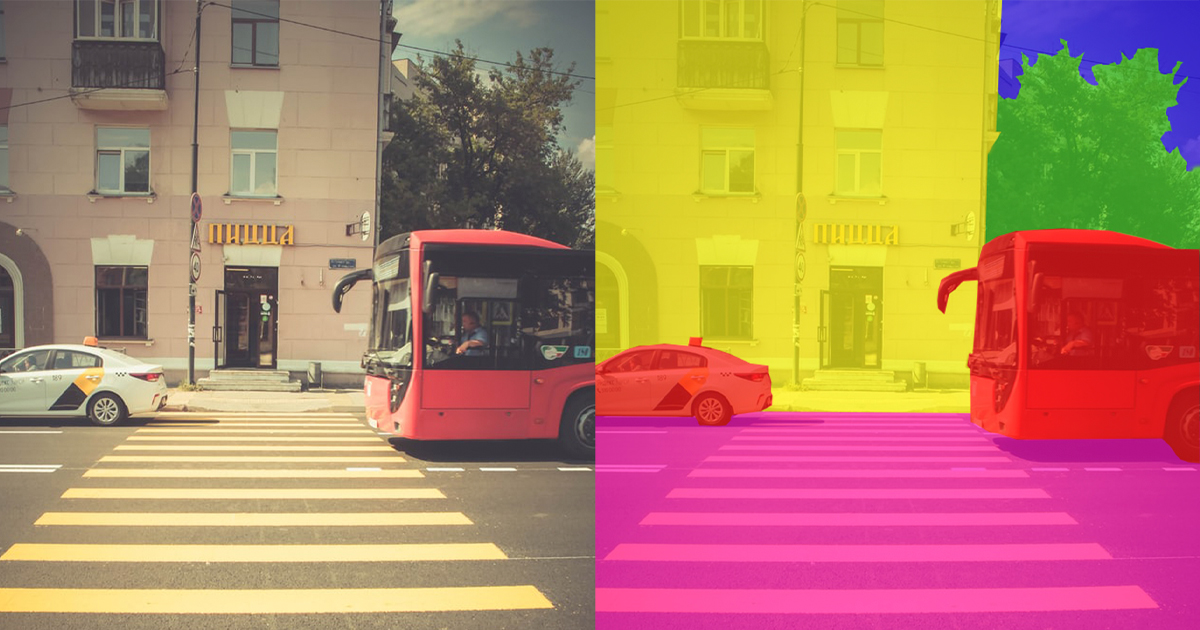In the realm of computer vision, image segmentation plays a vital role in extracting valuable information from digital images. By dividing an image into meaningful regions or segments, image segmentation enables computers to understand the visual content and perceive objects within an image accurately. This article delves into the world of image segmentation, exploring various techniques, including thresholding, region-based methods, and deep learning approaches like U-Net and Mask R-CNN. We will uncover the underlying principles, advantages, and challenges associated with these methods, highlighting the profound impact they have on numerous fields, ranging from medical imaging to autonomous driving.
Understanding Image Segmentation
Image segmentation is an essential step in computer vision tasks as it enables computers to differentiate objects and understand their spatial layout within an image. It involves partitioning an image into distinct regions or segments based on similar characteristics such as color, texture, or intensity. These segments form the foundation for higher-level analysis, object recognition, and scene understanding.
Various Approaches to Image Segmentation
- Thresholding: Thresholding is one of the simplest and widely used techniques in image segmentation. It operates by converting an image into a binary representation, where pixels are classified as either foreground or background based on a predefined threshold value. Thresholding is effective when the object of interest has distinct intensity characteristics compared to the background. However, it may struggle in cases where the boundaries between objects are not well-defined or when there is significant variation in lighting conditions.
- Region-based methods: Region-based methods approach image segmentation by grouping pixels together into regions based on predefined criteria. These criteria can include color similarity, texture coherence, or spatial proximity. One popular region-based approach is the region-growing algorithm, which starts with seed pixels and progressively expands the regions by incorporating neighboring pixels that meet certain similarity constraints. Region-based methods are advantageous when dealing with images containing objects with similar color or texture characteristics. However, they may face challenges when handling complex scenes with overlapping or occluded objects.
- Deep learning approaches: Deep learning has revolutionised the field of computer vision, and image segmentation is no exception. Convolutional Neural Networks (CNNs) have emerged as a powerful tool for image segmentation tasks. U-Net, introduced by Ronneberger et al., is a popular CNN architecture designed specifically for biomedical image segmentation. It consists of an encoder-decoder structure that captures both local and global context information, enabling precise segmentation of objects even in the presence of noise or partial occlusion.
Another prominent deep learning approach is Mask R-CNN, which combines region proposal networks (RPNs) with CNNs. Mask R-CNN extends the popular Faster R-CNN framework by adding a pixel-level segmentation branch. This enables accurate object detection and instance segmentation simultaneously. Mask R-CNN has proven effective in various applications, including object recognition, image captioning, and even autonomous driving, where precise understanding of the environment is crucial.
Advantages and Applications
Image segmentation has a multitude of advantages and applications across diverse domains:
- Medical Imaging: Image segmentation plays a pivotal role in medical diagnosis, treatment planning, and disease monitoring. It enables accurate delineation of organs, tumors, and abnormalities from medical images such as X-rays, MRI scans, and CT scans. Precise segmentation allows doctors to analyze and quantify anatomical structures, track disease progression, and plan surgeries or radiation therapy.
- Autonomous Driving: In the field of autonomous driving, image segmentation is critical for scene understanding and object detection. It aids in identifying and distinguishing various elements such as pedestrians, vehicles, traffic signs, and road boundaries. By accurately segmenting the surrounding environment, self-driving cars can make informed decisions, navigate safely, and avoid potential hazards.
- Augmented Reality: Image segmentation is an integral part of augmented reality (AR) applications. By segmenting an image or a video stream in real-time, AR systems can overlay virtual objects seamlessly onto the real world. Precise segmentation facilitates object tracking, occlusion handling, and realistic integration of virtual content, enhancing the user experience in AR gaming, advertising, and interactive visualisation.
Challenges and Future Directions
While image segmentation has witnessed remarkable advancements, several challenges persist:
- Ambiguity and Noise: Images often contain ambiguous boundaries, complex textures, or variations in lighting conditions, making accurate segmentation challenging. Additionally, noise and artifacts present in the image can adversely affect segmentation results. Addressing these challenges requires robust algorithms capable of handling diverse and real-world image variations.
- Real-time Performance: Many applications, such as autonomous driving or interactive systems, demand real-time image segmentation. Achieving high accuracy with low latency remains an ongoing research area. Efficient algorithms, hardware acceleration, and model optimization techniques are being explored to meet these requirements.
- Generalisation and Transfer Learning: To make image segmentation models applicable to different domains, they need to generalize well across different datasets and scenarios. Transfer learning techniques, where pre-trained models are fine-tuned on specific tasks, offer a promising approach to achieve better generalization and reduce the need for extensive labeled data.
Summary
Image segmentation is a fundamental technique in computer vision that enables computers to understand visual content, perceive objects accurately, and make informed decisions. From thresholding and region-based methods to advanced deep learning approaches like U-Net and Mask R-CNN, image segmentation techniques have evolved significantly, empowering applications in medical imaging, autonomous driving, augmented reality, and beyond. As researchers continue to tackle challenges such as ambiguity, real-time performance, and generalization, image segmentation will undoubtedly continue to revolutionize various fields, making our interaction with machines more intelligent and intuitive.
